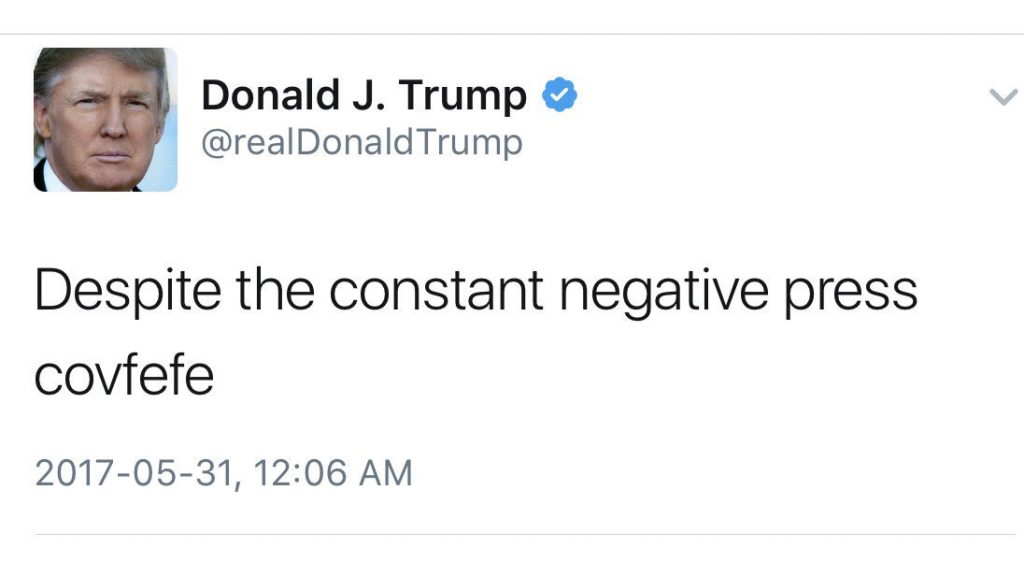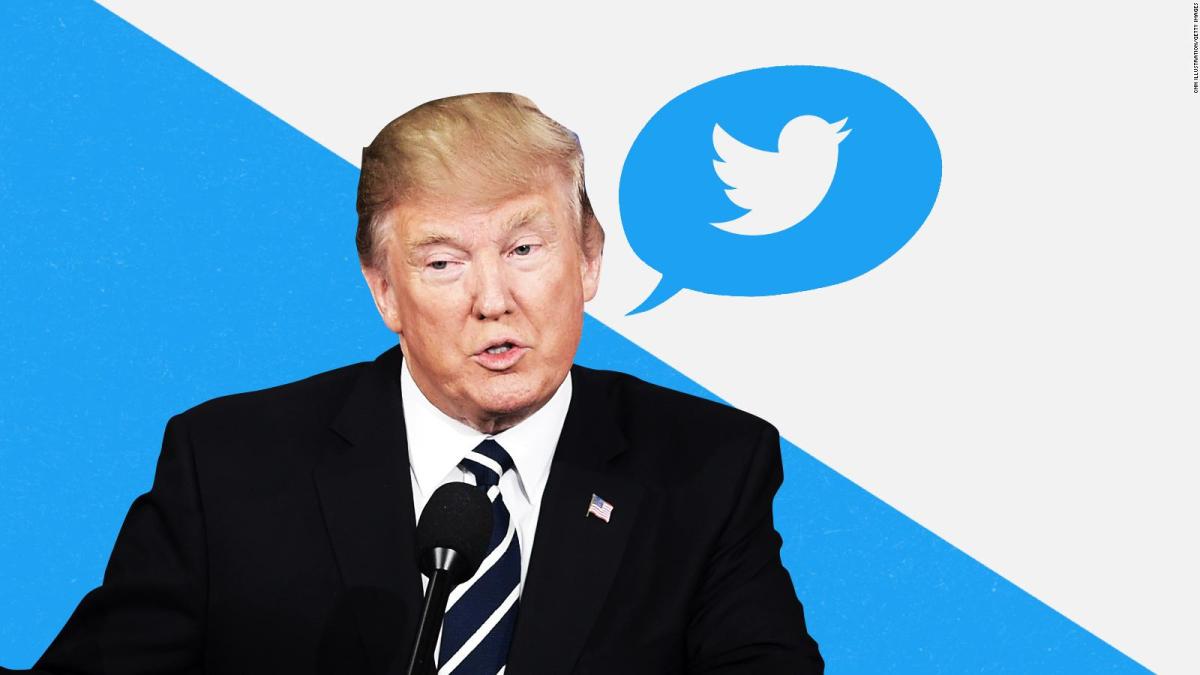When Donald Trump looks back on January 2021 he will reflect that this was the month in which his enormous power and influence was abruptly curtailed in a single day. But that day was not 20th January, when President Biden was inaugurated in Washington after being elected by the American people. That day was two weeks before, on 8th January when his @realDonaldTrump account with its 88 million followers, was permanently banned from Twitter by Jack Dorsey in Silicon Valley.
Social platforms were slow to act
There had been disquiet building online over how long the social media platforms had taken to deal with Trump, who had blatantly ignored their guidelines and spread misinformation and incitements to violence on their platforms, building in frequency and severity over his four years in office. Hiding behind their stance that they are not ‘publishers’, and are therefore not responsible for the content posted on their networks, both Facebook and Twitter gave Trump considerable leeway, just because he was the President.
True, Twitter had flagged Trump’s tweets sharing misinformation or encouraging violence well before 2021, specifically in May 2020 when tweets urging violence against protesters demonstrating against the police were prevented from being shared. But the network was deeply criticised for its failure to take down tweets like these quickly enough. On 11 November 2020, Twitter took over an hour to flag a highly controversial video claiming ballot fraud posted by Trump which was retweeted more than 70,000 times before the platform finally took action.
After the events at the Capitol on 6th January, both Facebook and Twitter suspended Donald Trump’s accounts, after initially trying to deal with the situation by redoubling their efforts to flag his posts with misinformation warnings. Only after complaints and deputations from Twitter’s internal team, who felt increasingly uncomfortable at the role their employer was playing in enabling the spread of misinformation, did the platform act to permanently ban the account, with Facebook following suit.
The huge power of the social platforms exposed
The impact of removing Trump’s direct line to his 88 million followers was immediate, and it has left Twitter a strangely quiet place. Up until that point the digital world had been treated to a daily stream-of-consciousness tweeting from the former President often beginning in the early hours of every morning, which dominated online debate. Shutting off that broadcast medium has effectively left Trump without a voice.

The silencing of Donald Trump by the simple removal of two social media accounts has underlined the huge power these platforms now have, and it has left many feeling uncomfortable. Even those who feel relieved that the tweeting has stopped are asking questions about the implications of power over free speech residing in so few, unregulated, hands. And it has raised questions about why the situation was allowed to go on so long.
Twitter and Facebook’s dysfunctional relationship with Trump
Simply put, the situation continued because it suited both major platforms to have such a controversial character on their sites. Huge bursts of traffic resulted from Trump’s more outrageous pronouncements and many users flocked to the site every day just to see what he would say next. The business model of all the social platforms relies on high levels of user engagement and Trump’s tweets and posts were retweeted and shared millions of times, making millions of dollars for their hosts. Without him, all the social platforms may struggle to retain that kind of attention. They may just have killed the goose that laid their golden egg.
Peak Twitter?
It’s hard to see where Twitter will go from here and despite their best intentions at the end, this act may end up being the kiss of death for them as a platform. Already struggling against Instagram and newer platforms like SnapChat and TikTok, hardline Trump supporters are now flocking to alternative social platforms like Gab and Parler (though the latter is currently offline after their own failure to deal with extremist content). Regular users may also now slowly drift away from Twitter, bored with the content on the increasingly insular platform, now that the injection of outrage that Donald Trump reliably provided every day has been removed.

